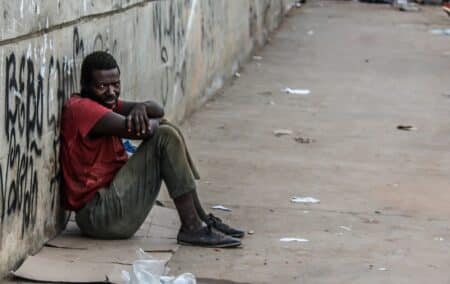South Africa now has an unemployment rate of 32.6%.
This is according to Statistics South Africa, which released its latest Quarterly Labour Force Survey for the first quarter of the year yesterday.
Unemployment increased slightly compared to the last quarter of 2020, when it was 32.5%. There was a bigger increase compared to the first quarter of last year, when 30.1% of people were unemployed.
On the expanded unemployment rate, which includes those who have given up looking for work but would take a job if offered one, the unemployment rate was 43.2%, up from 42.6% in the last quarter of 2020, and 39.7% in the first quarter of last year.
The Western Cape had the lowest unemployment rate on both measures. The proportion of unemployed people in the province was 23.7% on the strict definition and 27.9% on the expanded definition.
The Eastern Cape had the highest unemployment rate on the strict definition, at 43.8%, followed by the Free State, at 35.6%.
On the expanded definition, nearly half of all people in the Eastern Cape were unemployed (49.6%), followed by Limpopo at 49.5%. All provinces, with the exception of the Western Cape, had expanded unemployment rates of above 40%.
Broken down by race, the proportion of black South Africans who were unemployed was 36.7% (47.9% on the expanded definition). The unemployment rate for coloured people was 25.2% (34.5%), for Indian South Africans 14.8% (19.9%), and for whites 8.1% (10.1%).
Nearly two thirds of people aged between 15 and 24 were unemployed, rising to nearly three quarters on the expanded definition.
The Institute of Race Relations has long argued that tackling the country’s employment crisis will require labour reforms, including deregulating the labour market, and replacing race-based policy – such as Black Economic Empowerment – with a non-racial model along the lines of its Economic Empowerment for the Disadvantaged (EED) proposal.
[Image: Wilhan José Gomes wjgomes from Pixabay]

